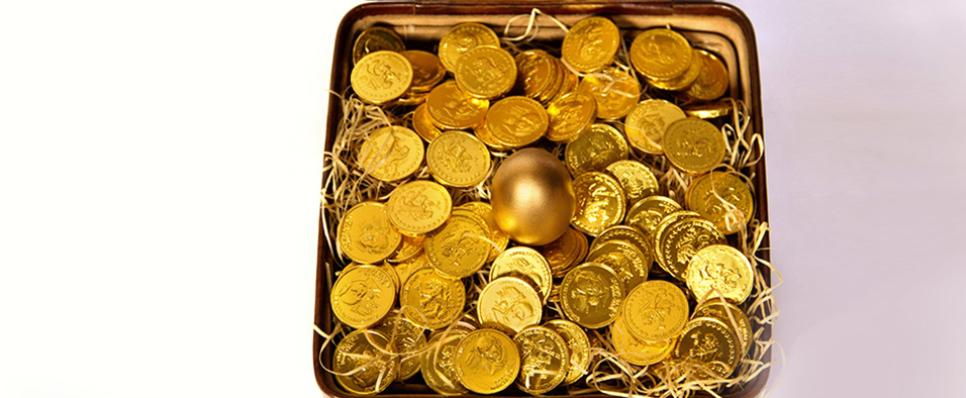Published: 04 Sep 2017
Aftermath of the Second World War and gold

The decolonization and consequent freedom that India gained in 1947 came too soon for the young nation that was far too new to flourish in the tumultuous war ridden political terrains of the times. The world was reeling from the destruction of the two world wars that had drained resources and finances the world over.
Following World War 2, India’s imports were mainly drawn from the Soviet Union because of difficult political relations with the US and Western Europe. This lasted until the late 1980s, when the break-up of the Soviet Union into separate countries had a major impact on the trade relations with India.
The economic crisis in 1991 was mainly caused by a currency devaluation. There was a lack of investment, which played a significant role in the sharp depreciation in the exchange rate. India was a nation that had the reputation of being quasi-self-sufficient in the past and had never defaulted before. It took the young nation by shock when the political events slowly catalysed into one of the worst economic times that the nation had encountered.
The economic crisis for India, was primarily due to the large and growing fiscal imbalances over the 1980s. In the mid 1980’s, India experienced increasing problems in their balance of payments. In the 1990s, the economy saw a sharp decline after the Gulf War which contributed to India’s hefty oil import bill. This burdened the nation, contributing to the credit drying up quickly, further leading to existing investors pulling their money out. Large fiscal deficits, over time, spilled over on the trade deficit culminating into an external payments crisis.
The economic crisis for India, was primarily due to the large and growing fiscal imbalances over the 1980s. In the mid 1980’s, India experienced increasing problems in their balance of payments. In the 1990s, the economy saw a sharp decline after the Gulf War which contributed to India’s hefty oil import bill. This burdened the nation, contributing to the credit drying up quickly, further leading to existing investors pulling their money out. Large fiscal deficits, over time, spilled over on the trade deficit culminating into an external payments crisis.
In April 1991, the government pledged 20 tonnes of gold that was sold with a repurchase clause. This was not enough as the RBI wished to clear the crisis entirely, but were constrained by 3 clauses in the provisions of the RBI Act of 1934. The gold had sentimental value & could not be outright sold, but could only be pledged. They were only allowed to borrow from other currency authorities and they had the hard task of selecting, packaging & sending out these consignments of gold personally to ensure the smoothness of the procedure.
These clauses made it an extremely difficult task to execute, but the transaction finally raised a total loan of $405 million which was an exorbitant amount for that time. This drastic economic measure and the importance of gold in the history of India is still referred to by economists in the present day.











